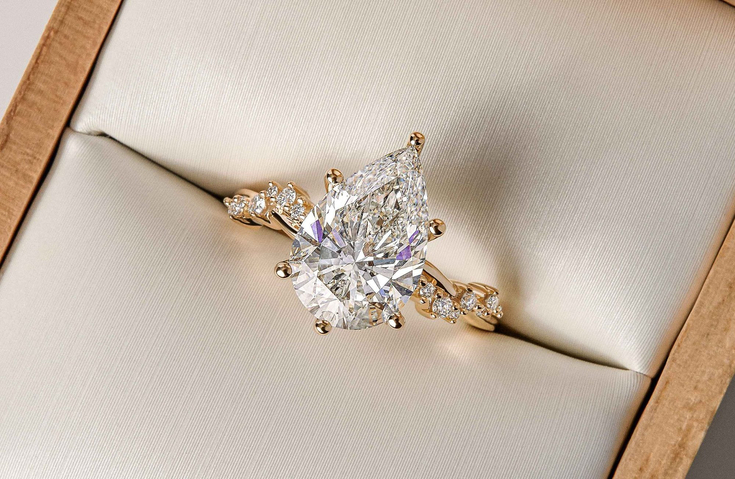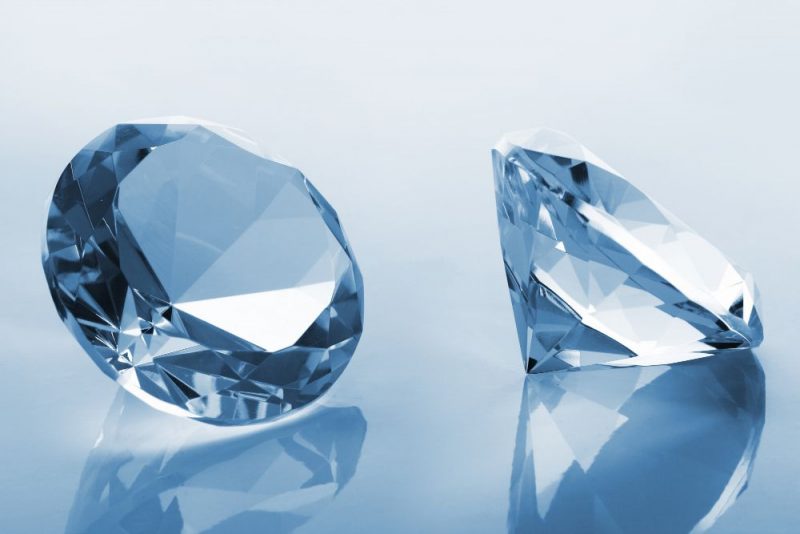Introduction to Diamond Cuts
Diamonds are often called a girl’s best friend, but there’s more to them than just their sparkle. When we talk about “diamond cuts,” we’re diving into one of the most crucial aspects of a diamond’s beauty and value. But what exactly does a diamond cut mean, and why is it so important? Let’s break it down.
Understanding the Basics
What is a Diamond Cut?
A diamond cut refers to how a diamond’s facets are shaped and arranged. It’s not just about the shape but also how the light interacts with the diamond. The quality of the cut affects how well the diamond sparkles and shines.
The Importance of a Good Cut
A well-cut diamond maximizes its brilliance, creating that dazzling sparkle we all love. A poor cut, on the other hand, can make even the most expensive diamond look dull. In essence, the cut influences the diamond’s overall beauty more than any other factor.
Popular Diamond Cuts
Diamonds come in various cuts, each with its own charm and character. Let’s explore some of the most popular ones.
Round Brilliant Cut
History and Origins
The Round Brilliant Cut is the most classic and popular diamond cut. It was designed in the early 20th century to maximize brilliance and sparkle. Its origins trace back to the brilliant cut, which was developed in the 17th century.
Key Features
This cut features 58 facets, including a table, crown, pavilion, and culet. The arrangement of these facets is designed to enhance the diamond’s light performance, giving it that iconic sparkle.
Princess Cut
History and Characteristics
The Princess Cut emerged in the 1970s and quickly became a favorite for its modern look. It’s a square or rectangular cut with sharp, angular lines, making it a popular choice for those who prefer a contemporary style.
Pros and Cons
The Princess Cut offers exceptional sparkle and is typically more affordable than the Round Brilliant Cut. However, it may not have the same level of brilliance and can show more imperfections due to its sharp corners.
Emerald Cut
Unique Features and History
The Emerald Cut has a distinct, rectangular shape with cut corners. It was originally developed for cutting emeralds, hence the name, but has become a popular choice for diamonds due to its elegant, vintage appeal.
Ideal Settings
This cut emphasizes clarity over brilliance. It’s best set in a simple setting that highlights its sleek lines. The Emerald Cut’s large, open table can showcase a diamond’s clarity, making it a perfect choice for high-quality stones.
Asscher Cut
Modern Popularity
The Asscher Cut, developed in the early 20th century, is similar to the Emerald Cut but square. It has seen a resurgence in recent years due to its vintage charm and unique appeal.
Best Uses and Settings
This cut is often set in vintage-style jewelry or engagement rings. Its step-cut facets provide a sophisticated look that works well in both modern and classic settings.
Cushion Cut
Evolution and Style
The Cushion Cut, also known as the “pillow cut,” has been around since the 19th century. It’s characterized by its rounded corners and pillow-like shape. Over the years, it has evolved to include modern versions that enhance its sparkle.
Matching with Jewelry Settings
This cut works beautifully in a variety of settings, from vintage-inspired to contemporary designs. Its soft, rounded edges make it versatile and popular for both engagement rings and other types of jewelry.
Choosing the Right Cut for You
Selecting the right diamond cut involves considering various factors.
Factors to Consider
Personal Style
Your personal taste is crucial in choosing the right diamond cut. Whether you prefer classic, modern, or vintage styles, there’s a cut that suits your personality and preference.
Budget Considerations
Different cuts come with varying price points. The Round Brilliant Cut, for example, is often more expensive due to its popularity and complex cutting process. Balancing your budget with your desired cut can help you find the perfect diamond.
Man made diamonds, also known as synthetic or cultured diamonds, are a revolutionary advancement in the world of gemstones. Created in controlled environments using advanced technologies like High Pressure High Temperature (HPHT) or Chemical Vapor Deposition (CVD), these diamonds possess the same physical, chemical, and optical properties as their natural counterparts.
Consulting with Professionals
When to Seek Expert Advice
While it’s great to do some research on your own, consulting with a professional can provide valuable insights. Jewelers can help you understand the nuances of different cuts and guide you in choosing the best diamond for your needs.
Conclusion
Choosing a diamond cut is more than just picking a shape; it’s about finding the one that best fits your style, budget, and the sparkle you desire. Whether you go for the classic Round Brilliant Cut or the unique Cushion Cut, each option offers its own charm and beauty. Remember, the right cut will not only enhance the diamond’s brilliance but also reflect your personal taste and style. So take your time, explore your options, and find the perfect cut that makes your diamond truly shine.




